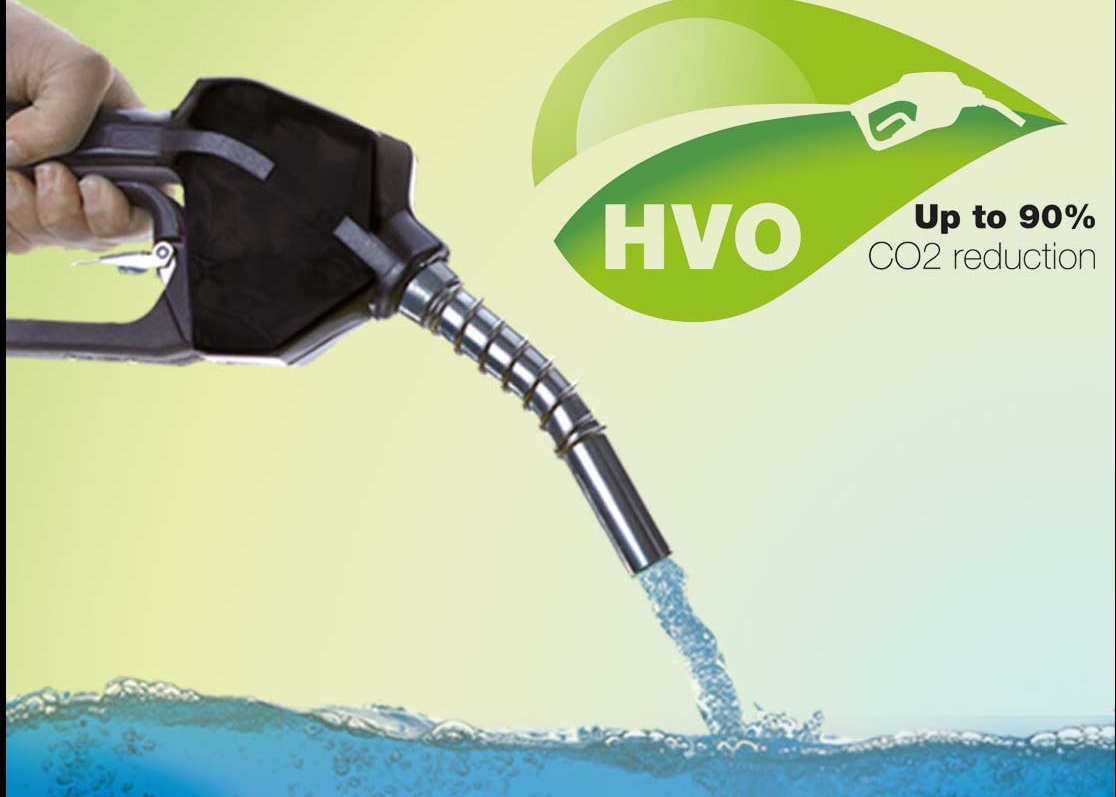Economy and business
Germany: rvolution at gas stations, with new fuels not from fossil sources

In Germany, as of today, a small revolution has begun at the gas station with the introduction of new non-fossil fuels. The production of alternative fuels is now based on various plants (rapeseed, beet, corn, etc.) as well as wood residues , slurry , sewage sludge and food waste . Processes are currently being developed that can convert plastic waste into fuel.
According to the German government, climate-damaging CO2 emissions from the transportation sector must be reduced. Not only by switching to electric traction, but with all available possibilities, including in relation to the current vehicle fleet and the many vehicles with combustion engines. So here is the search for low-carbon fuels. Where there are sufficient raw materials, the production of these fuels can be cost-effective.
Among the new types of fuel coming from development laboratories to gas stations, hydrogenated vegetable oil-based fuel , officially called paraffinic diesel or HVO , is currently proposed as an alternative. E-fuels , fuels based on electricity , are considered even more promising, but it are still a product under development, mainly because of their very high costs.
Lawmakers regulate fuel standards
Because of all these technical possibilities, it was time for the legislature to formally open the way for new types of fuel. With the Regulation for the Implementation of the Federal Immission Control Act (BImschV), it is ensured that only fuel that can be put on the road safely and that has the greatest possible environmental benefit is sold at the gas station. Now the regulation has been amended.
Incidentally, Germany is a European laggard here. Gas stations offering paraffinic diesel fuel are already widespread, especially in Scandinavia, but also in the Netherlands (“Blauwe Diesel”), Italy (at Eni), and Austria; there are more than 2,250 stations already offering it in its pure state (100 percent), at least in additives. In these countries, the additional price compared to mineral oil diesel is between 5 and 20 cents for the pure variant.
What do HVO, HVO100, and XTL mean?
The new fuels will be marked XTL at the gas station. The abbreviation XTL stands for “X T Liquid.” This means that any starting material is converted into a liquid energy source. The “X” is a generic indicator for the different feedstocks from which the new fuel is obtained. The final products are subject to DIN EN 15940 for paraffinic diesel.
Depending on the method of production, two types of paraffinic fuel are usually distinguished: synthetic fuels, produced using the Fischer-Tropsch process (i.e., sitent fuel in the narrow sense), and paraffinic diesel from hydrogenated vegetable oils.
- Fischer-Tropsch fuels the so-called synthesis gas, a mixture of carbon monoxide and hydrogen that is first produced. In the next stage of the synthesis of gas, paraffinic fuel is produced. Different feedstocks can be used as the starting product: coal (CTL, coal-to-liquid), natural gas (GTL, gas-to-liquid), or biomass (BTL, biomass-to-liquid).
- Hydrotreated vegetable oils, also known as paraffinic diesel from hydrogenated vegetable oils (HVO) are vegetable oils that undergo a catalytic reaction with hydrogen to produce hydrocarbons. Through this process, the properties of vegetable oils are adapted to fossil fuels (especially diesel fuel). Like biodiesel, hydrogenated vegetable oils can be added to diesel fuel (e.g., R33 diesel) or can also be offered in 100 percent pure form, for example, as HVO100 or CARE.
Both types of paraffinic diesel are listed in their pure form at gas stations under the XTL label.
What is Diesel B10?
Diesel B10 is, as the name suggests, a diesel with a ten percent blend of biodiesel . Until now, the percentage of bioadditive in diesel was limited to 7 percent (B7). The biggest difference for the customer is that refueling with B10 is possible only if the manufacturer has granted special approval for its use, just as in the case of using Super E10. When in doubt, it is best to fill up with B7, because gas stations that offer B10 must always offer that as well.
Gasoline pumps are marked with the designation “Diesel B10” and the square symbol with “B10” in the center.
The symbols of the new fuels
Due to the change in regulations, gas station operators can install gasoline pumps with XTL and diesel B10 . The two new fuels can now complement the well-known varieties Super E5, Super Plus E5, Super E10 and Diesel B7.
Uniform labeling for the different fuel types is required both on the vehicle (in the operating instructions and on the fuel cap) and at the service station (fuel pump and fuel gun) to avoid refueling errors.
Gasoline pumps for paraffinic diesel fuels must be marked, regardless of the manufacturing process, i.e., HVO and FT, consequently separating them from the others.
To be used, but only with approval of the car manufacturer
Fueling with one of the new fuel types requires model-specific approval from the manufacturer. According to a survey done by ADAC at the beginning of 2023–2024, automakers have only authorized the use of XTL or B10 in a small number of car models. An overview is available in the following PDFs:. Important: The release lists contain only information from vehicle manufacturers who responded to the survey. No information about unnamed vehicle manufacturers is available.
You should read the instructions on the fuel cap or contact the car manufacturers.






